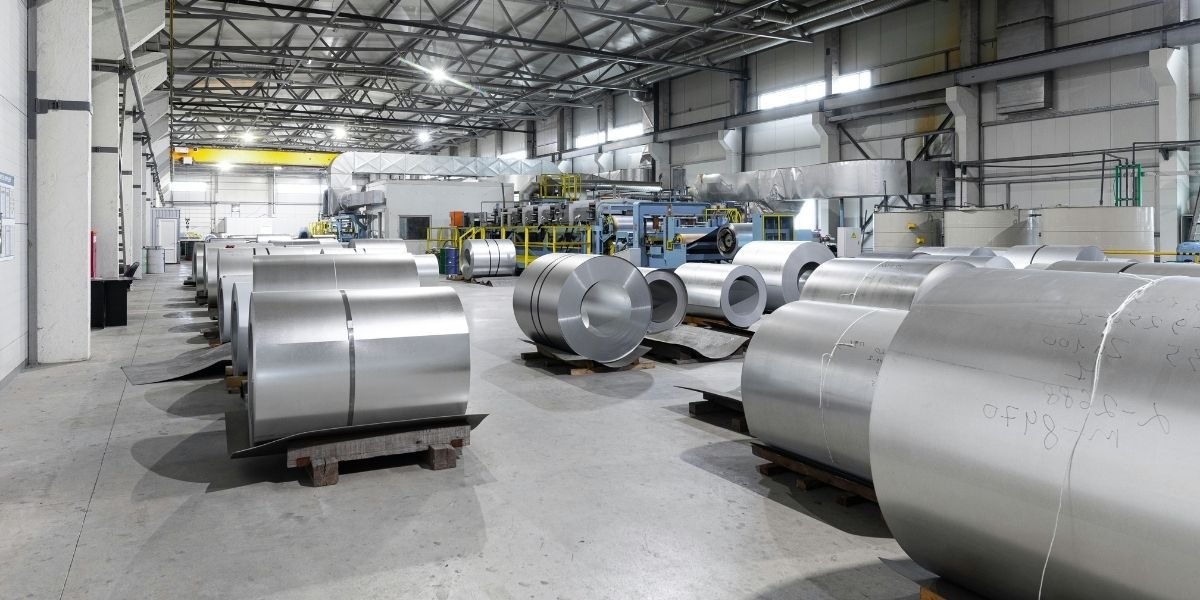The recent trade pact between the United States and Japan marks a significant moment in global commerce, particularly for the automotive manufacturing and steel industries. This agreement aims to rebalance trade relations and create new dynamics for businesses operating across these vital sectors. Understanding the specifics of this pact helps in grasping its broad implications, from how cars are made to the demand for raw materials like steel.
This deal comes at a time when global supply chains are under intense scrutiny, and nations are looking to strengthen economic partnerships. The US and Japan, as major players in the global economy, have long had complex trade ties. This new agreement seeks to streamline some aspects of their commercial relationship, with a particular focus on two of their most significant industries: automotive and steel. The changes introduced by this pact are poised to influence production strategies, market competition, and investment flows.
Auto Manufacturing Shifts and New Market Access
The US-Japan trade pact introduces notable changes for the automotive industry, primarily through adjustments to tariffs and market access. Japanese automakers now face a reduced tariff rate of 15% on vehicles imported into the US, down from the previously threatened 25%. This reduction offers some relief for Japanese manufacturers, potentially influencing their export strategies and pricing for American consumers. While this is a significant cut, it still represents a higher duty than the historical 2.5% tariff on passenger vehicles.
This new tariff structure might encourage Japanese automakers to evaluate their production locations. While many high-volume Japanese models are already produced in North America, some specialized or lower-volume vehicles are still imported directly from Japan. The new 15% tariff could make it more attractive for certain models, like the Toyota 4Runner or Mazda CX-5, to consider US-based production to avoid these duties. However, full shifts in production require substantial capital investment and are also influenced by global production volumes and existing supply chain configurations.

The agreement also aims to open Japan’s market more broadly to US automotive exports. For the first time, US automotive standards will be recognized in Japan, removing a longstanding non-tariff barrier. Historically, US automakers have struggled to gain significant market share in Japan due to factors like strong brand loyalty to domestic manufacturers, a preference for smaller “Kei cars” that do not align with typical US production, and limited service networks for American brands. While the new agreement addresses some of these access issues, deep-rooted consumer preferences and structural differences in the Japanese market may still limit the immediate impact on US auto exports to Japan.
Steel Markets Adjust to New Trade Realities
The US-Japan trade pact also has distinct implications for the steel markets, though the dynamics here differ somewhat from the automotive sector. While the agreement reduces general tariffs on Japanese goods imported into the US to 15%, the existing 50% tariffs on steel and aluminum products under Section 232 generally remain in place. This distinction is crucial for understanding the trade flows of raw steel.
The continued high tariffs on Japanese steel imports into the US mean that American manufacturers, including automakers with US-based production, will likely continue to prioritize domestic steel sourcing. This sustained domestic demand helps to support the US steel industry. Even with the reduction in finished auto tariffs, the cost of imported Japanese steel for US production remains a significant factor. The consistency in steel tariffs provides a level of predictability for procurement managers, even if the price is higher than pre-tariff levels.
For Japanese steel producers, the situation is nuanced. While the overall reduction in tariffs on many Japanese exports is positive, the persistent 50% tariff on direct steel shipments to the US means their direct export opportunities for raw steel remain constrained. However, the anticipated increase in US auto production by Japanese manufacturers, if it occurs, would indirectly benefit Japanese steel companies that have existing supply chain relationships with these automakers for their North American operations. The trade pact signals that steel remains a strategically important sector for US policy, with the aim of bolstering domestic production capabilities.
Investment and Supply Chain Reconfiguration
A key component of the US-Japan trade pact is Japan’s commitment to a substantial investment of $550 billion in the US economy. This significant capital injection is slated for various strategic sectors, including semiconductors, pharmaceuticals, and, notably, automotive manufacturing. Such investments could lead to the expansion of existing Japanese manufacturing facilities in the US or the development of new ones. This move helps Japanese firms mitigate tariff burdens and diversify their geopolitical risk.

These investments are expected to enhance US manufacturing capacity and create jobs, aligning with American policy goals. For the automotive supply chain, this means potential shifts in where components are sourced and assembled. Increased domestic production by Japanese automakers in the US would naturally drive higher demand for US-produced parts and materials, including steel and other metals. This re-localization of some production could shorten supply chains, making them more resilient to global disruptions.
The full extent and pace of this manufacturing relocation are still subjects of ongoing observation. Companies weigh various factors, including the volume needed for specific models to justify local production, the existing supplier relationships, and the flexibility to shift production across markets. The pact aims to create more operational certainty, allowing businesses to make longer-term investment decisions with greater confidence in the trade environment.
Competitive Dynamics and Consumer Impact
The restructured trade relationship is poised to alter the competitive landscape for both US and Japanese automakers. Japanese manufacturers, benefiting from a reduced, though still present, import tariff, might maintain a competitive pricing edge on certain models compared to some US-produced vehicles that face higher tariffs on components or from other trading partners. This could intensify competition within the US market.
US automakers still face tariffs on steel and aluminum, as well as on vehicles imported from countries like Mexico and Canada, which can be as high as 25%. This creates a situation where some Japanese imports may have a tariff advantage over certain North American-produced vehicles. The American Automotive Policy Council, representing major US automakers, has expressed concerns that this disparity could disadvantage domestic manufacturers and workers. Consumers might see shifts in vehicle pricing, with some imported Japanese models potentially becoming more competitive, while the cost of certain domestically produced or other imported vehicles could rise due to lingering tariffs on materials or parts.
The US-Japan trade pact is a complex agreement with multifaceted impacts. It seeks to balance the interests of both nations, fostering investment and market access while also addressing domestic industry concerns. The automotive and steel sectors, being intrinsically linked and strategically vital, are at the forefront of these transformations, navigating a new era of trade relations.








